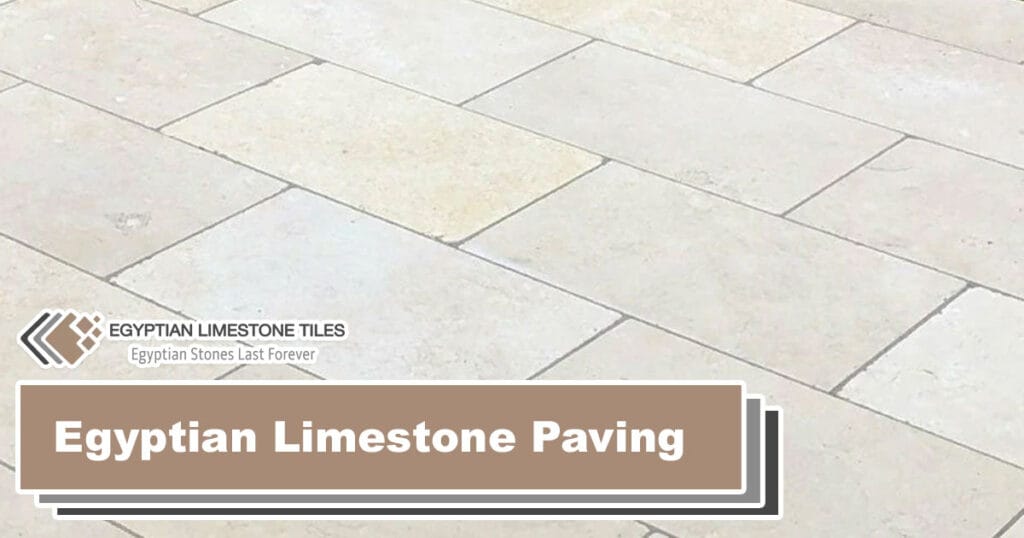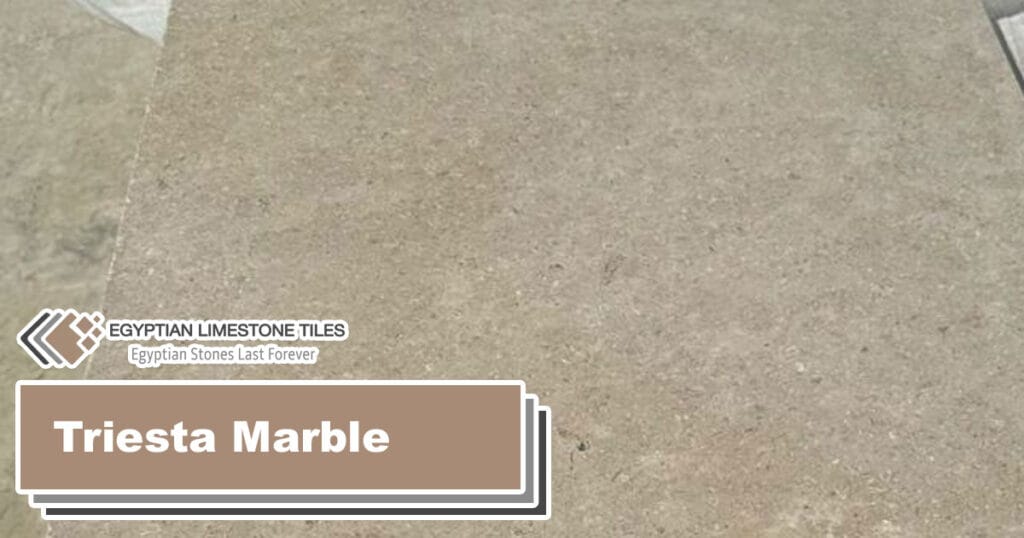
Egyptian Stone in Modern Architecture:
Merging Tradition with Contemporary Design
Egyptian stone: Limestone and granite are two of the most iconic and historic natural stones in the world. With a legacy dating back centuries, these materials have been used to adorn ancient temples, palaces, and pyramids in Egypt. Even today, their timeless beauty and versatility continue to captivate architects, designers, and homeowners worldwide. In this blog, we will take a closer look at the remarkable qualities of Egyptian limestone and granite, exploring their rich cultural significance, and examining how they have been embraced in modern architecture.
The Timeless Allure of Egyptian Stone:
Egyptian limestone is a type of rock that has been used throughout history for its exceptional durability and beauty. It is known for its soft, earthy colors, subtle veining, and fossilized remnants that give it a unique look. Today, modern architects appreciate the timeless elegance that Egyptian limestone can bring to both indoor and outdoor spaces. This versatile material can be used to create everything from grand facades to intricate carvings, and it blends seamlessly with many different architectural styles.
Embracing Tradition in Contemporary Designs:
Egyptian limestone and granite have the remarkable ability to blend seamlessly with contemporary architectural styles. Designers and architects are increasingly incorporating these natural stones to create a beautiful balance between traditional and modern designs. By adding carved limestone details, granite accents or traditional patterns, spaces can evoke a sense of timeless charm and contemporary aesthetics. This fusion results in a unique character for buildings, enhancing their visual appeal and creating a connection to Egypt’s rich architectural heritage.
Sustainability and Environmental Considerations:
In today’s age where sustainable design practices are becoming increasingly important, Egyptian limestone and granite offer excellent environmentally friendly alternatives. These stones are naturally occurring, abundant resources that require minimal processing, thereby reducing the carbon footprint associated with their production. Moreover, their durability and longevity make them an ideal choice for architectural projects, as they require less frequent replacement or maintenance in comparison to synthetic alternatives.
Inspiring Examples of Modern Architecture:
Numerous remarkable architectural projects all over the world exhibit the successful incorporation of Egyptian stone in modern designs. The Bibliotheca Alexandrina in Alexandria, Egypt, pays tribute to the ancient Library of Alexandria. It features a stunning modern façade made from Egyptian limestone. The Emirates Palace Hotel in Abu Dhabi blends Egyptian granite accents with contemporary architectural elements, creating a luxurious and visually breathtaking atmosphere. These examples demonstrate the versatility and lasting appeal of Egyptian limestone and granite in contemporary architectural masterpieces.
Versatility in Design Applications:
Egyptian stone is a versatile material that offers a wide range of design possibilities in modern architecture. It can be used in various design styles such as sleek, minimalist interiors or ornate, traditional facades. Architects and designers can use Egyptian limestone and granite in flooring, wall cladding, countertops, fireplaces, and even as decorative accents. This versatility allows them to create custom-tailored spaces that reflect their clients’ unique visions.
Cultural Significance and Historical References:
Incorporating Egyptian stone into modern architecture not only enhances the visual appeal but also pays tribute to Egypt’s cultural heritage. By utilizing these materials, architects can establish a connection with the ancient Egyptian civilization, providing a sense of authenticity and historical context. This integration can create a profound emotional impact, enhancing the overall experience for both occupants and visitors.
Natural Beauty and Timeless Elegance:
The innate beauty of Egyptian limestone and granite is one of their most remarkable qualities, lasting through time. These natural stones have unique character, with every slab displaying various patterns, colors, and textures. The inherent aesthetics of Egyptian limestone and granite can add a touch of elegance, sophistication, and a natural vibe to any space.
Maintenance and Longevity:
Egyptian stone offers practical benefits in terms of maintenance and longevity. When they are properly cared for, these stones can withstand heavy foot traffic, resist stains, and endure the rigors of daily use. Regular cleaning and sealing can help preserve their appearance and ensure their longevity. The durability of these stones makes them a wise investment for architectural projects, as they retain their beauty for years to come.
Collaboration with Skilled Craftsmen:
Working with Egyptian stone often requires working alongside experienced craftsmen who possess the necessary expertise to shape and manipulate these materials. These craftsmen bring a unique artistry and precision to the process, transforming raw stone into exquisite architectural elements. The collaborative effort between architects, designers, and craftsmen adds another layer of craftsmanship and attention to detail, resulting in exceptional and bespoke architectural spaces.



You may also like ..




